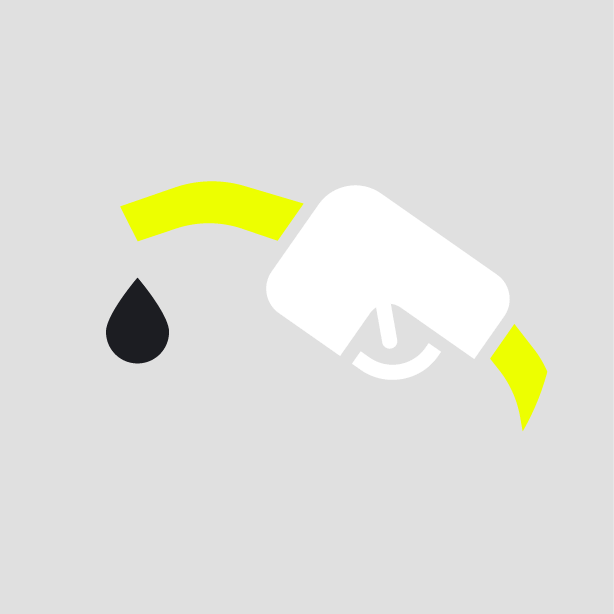Add to homescreen
Content name
Select existing category:
Content name
New collection
Edit collection
Ethyl chloride (EC) was being manufactured by a liquid phase reaction between ethylene and hydrogen chloride with aluminium chloride catalysts at around 3.1 bard (45 psig) and 50°C (122°F). EC was drawn off the top of the reactor and polymer (waste) oil was drawn off the bottom. Both were fed to a slops drum where liquids were separated and pumped back to the reactor. The slops recirculation pump stopped running. Around 20 minutes after the standby pump was started, the discharge pipe of the standby pump failed causing a release of reactants and formation of large flammable and toxic vapour cloud. The vapour cloud eventually found an ignition source (believed to be an electrical control panel for a nearby compressor). An intense pool fire ensued directly below the reactor.
Ask yourself and your crew:
- How can something like this happen here (e.g. on our site)?
- What safety measures (i.e. procedures, controls/barriers) do we have in place to mitigate the risk?
- How do we know the risk controls/barriers are working?
- What improvements or changes should we make to the procedures, controls/barriers or the way we work?
Original content courtesy of IChemE Safety Centre












